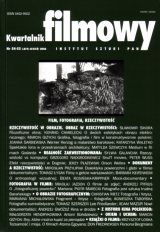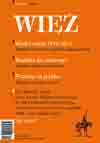Author(s): Ioana Petcu / Language(s): English
Issue: 18/2014
Revolutionary or not, but certainly having an intense and lasting effect, the innovative ideas from the start of XX century in the arts area meant very much for the present-day image of theatre. The rediscovery of Orient, the dialogue with other continents, then the appetency for experimental things, the explosion of all those “-isms” of European avant-garde are reasons for the stage to break up the barriers, to find a new type of actor and, after all, to define itself differently. The new theories produced the awareness about the fruitful encounter of arts: musical composition, choreography, fine arts. At the same time with a logistic explosion, with “adoption” of European artists by the galleries and stages in United States of America, simultaneous with the apparition of international theatrical research centers, of laboratories and workshops, real pots of ideas where techniques and tendencies retrieve themselves together, in this effervescent ensemble, the theatre exceeds the classical stencil and enters a zone of heteroclite, often becoming “element” in an ensemble of signs, and functioning only in this formation. Today the artists do not have a single orientation and, beside their primary instruction, they explore interfacing domains. The theatre transforms. This is how Marina Abramović works with Robert Wilson, Jan Fabre is not only a plastic artist, but also a script writer and director, Jan Lauwers is educated in plastic art, but also dedicated many years to theatre, and the examples could go on.
More...


